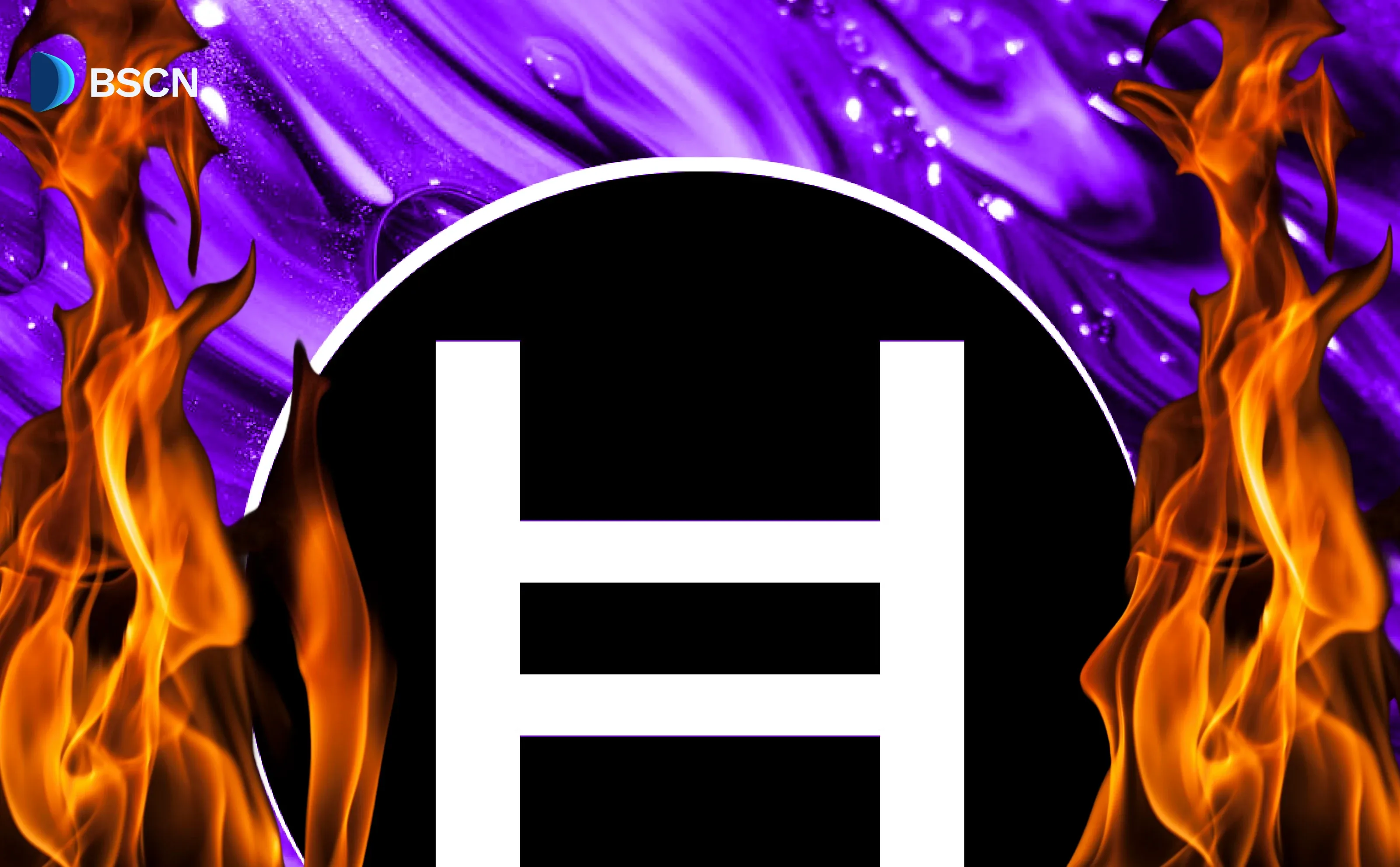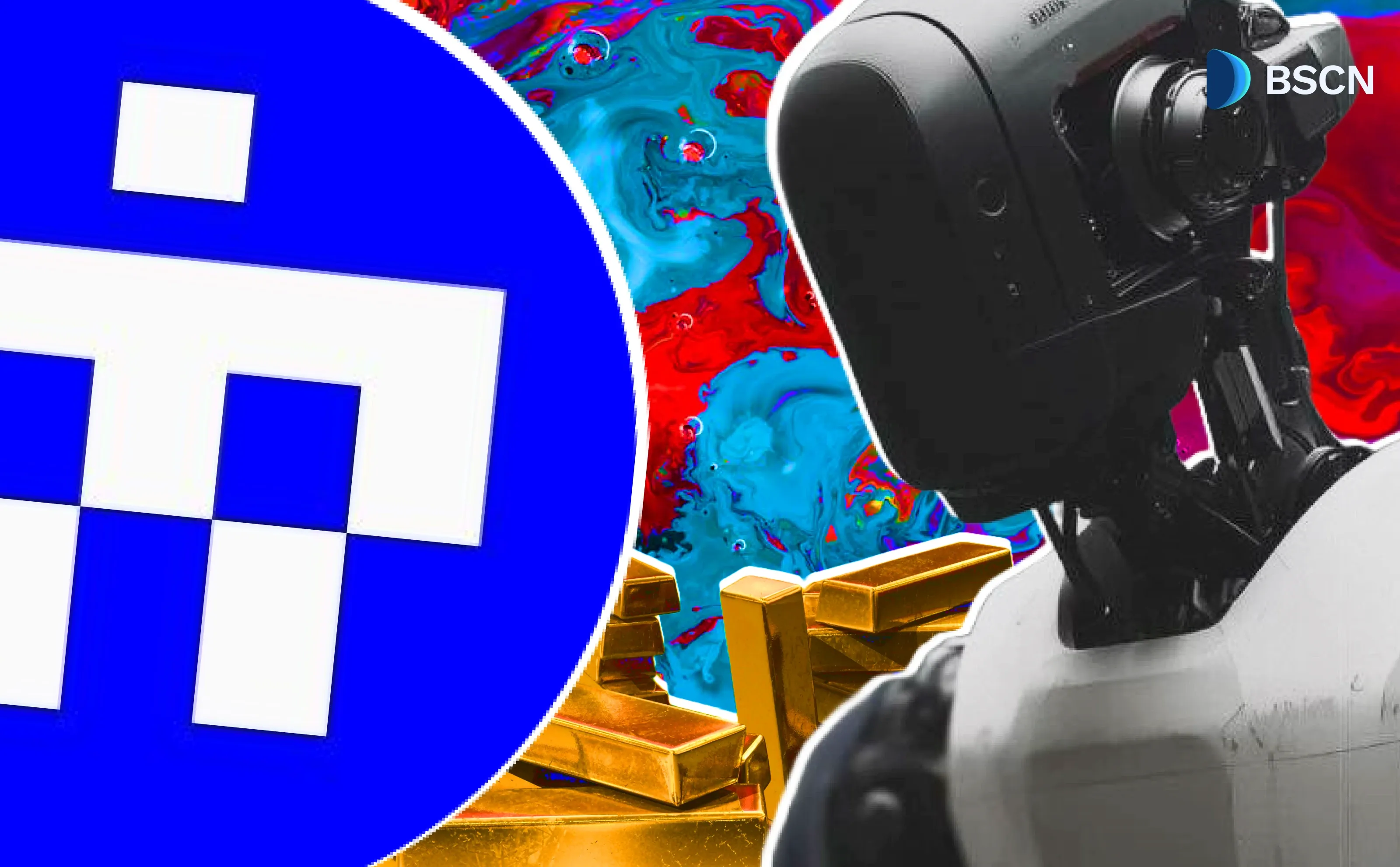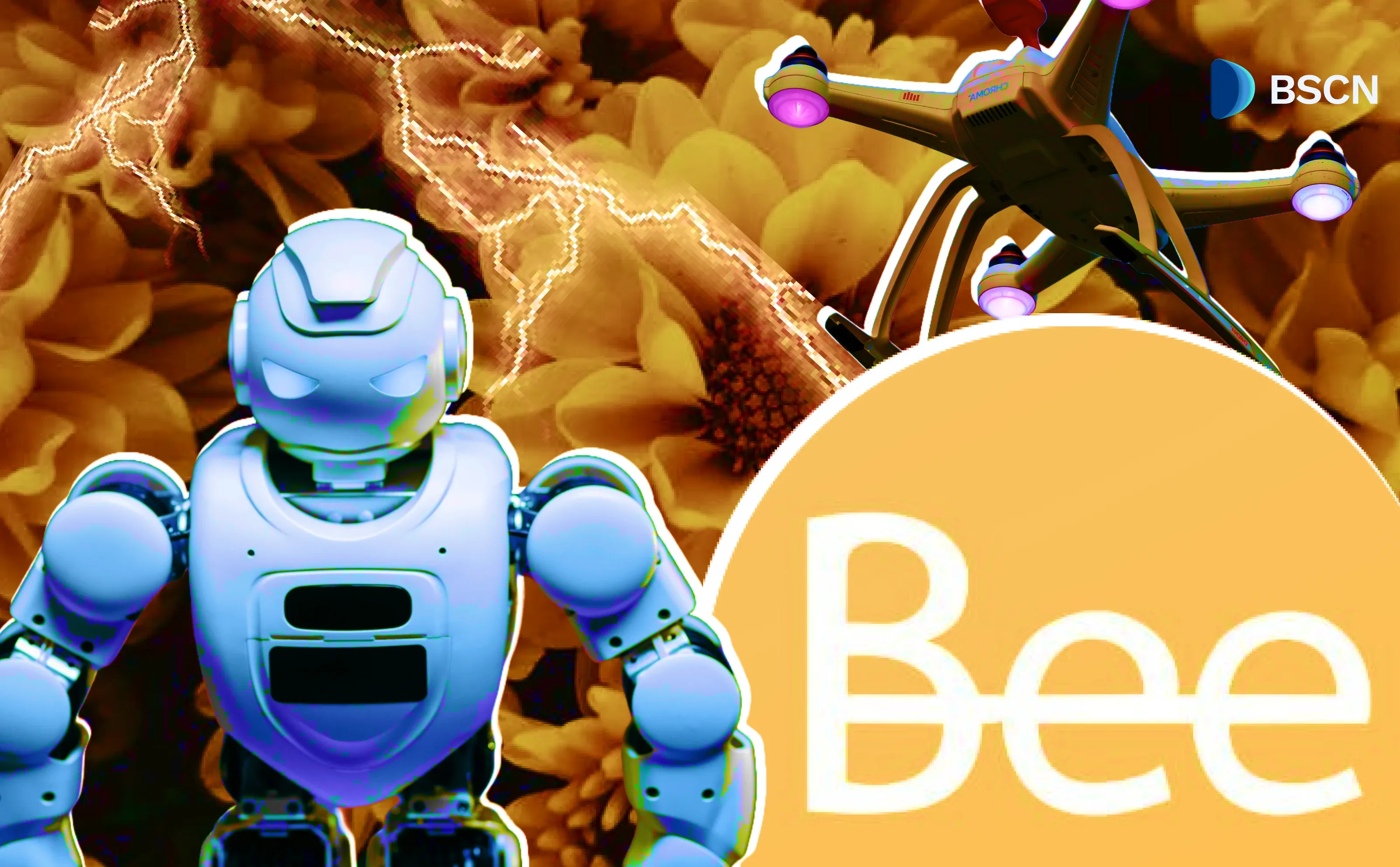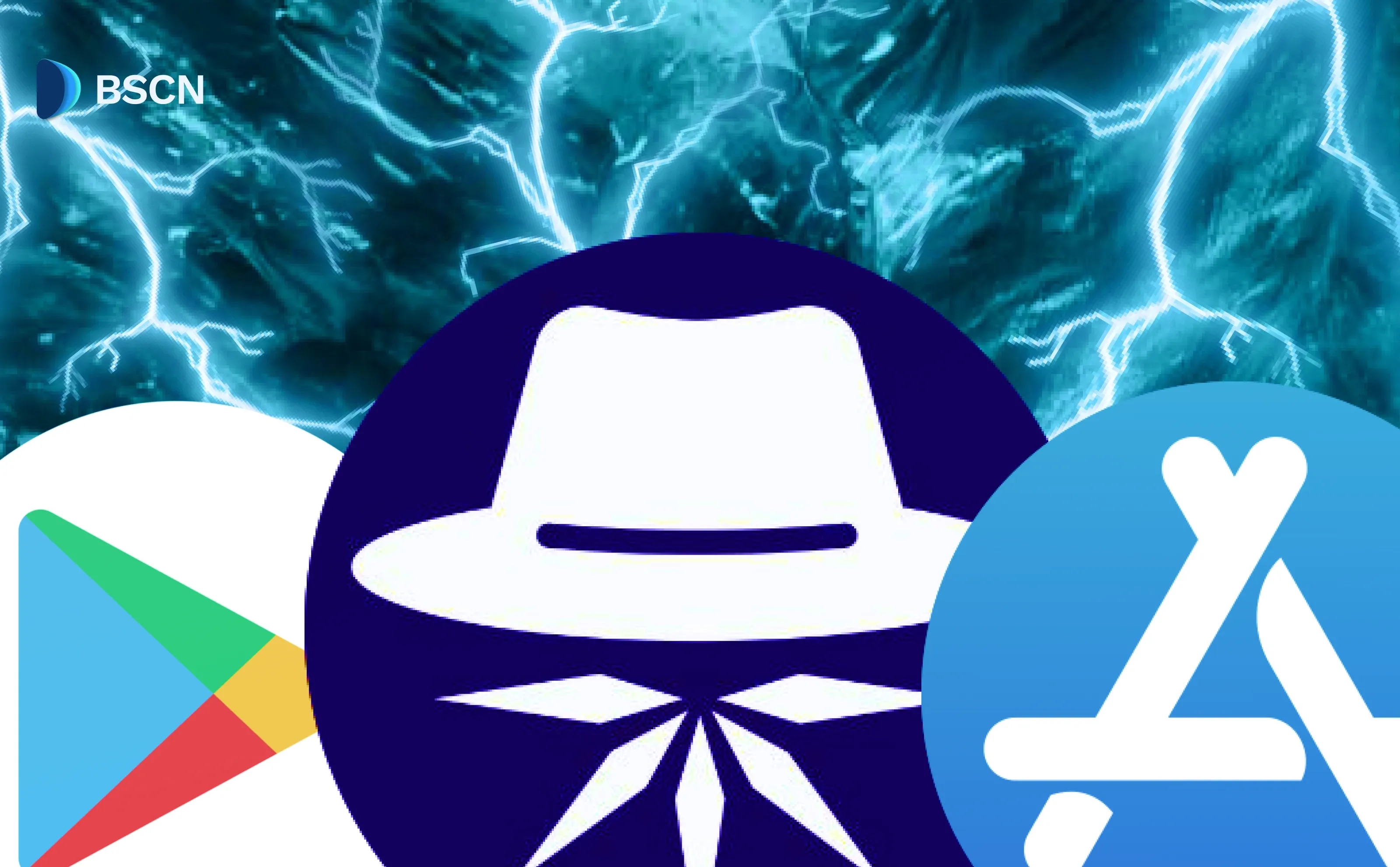BTC
What is BRC-20?

The BRC-20 token standard is fungible, secure, and compatible with the Bitcoin blockchain. However, it has limitations that may limit its adoption in the long run.
BSCN
May 9, 2023
TLDR;
- The BRC-20 token standard is a fungible token standard designed for the Bitcoin blockchain, created using the Ordinals protocol.
- Inscriptions are like NFTs made on Satoshis, allowing individuals to have identities and transfer them across transactions.
- BRC-20 tokens are not EVM-compatible and do not support smart contracts, which limits the ecosystem and adoption but provides top-notch security through Bitcoin's PoW mechanism.
- Over 14,000 BRC-20 tokens have been issued, with ORDI, PIZA, MEME, and MOON being the most popular.
The Origin of BRC-20 Token Standard
BRC-20 is one to look out for in the blockchain industry. The fungible token standard designed for the Bitcoin blockchain is the talk of the crypto space, alongside the ongoing memecoin trend.
The BRC-20 token standard was created using Ordinals and Inscriptions, saved on the Bitcoin base chain. Therefore, the token standard originated from creating the Ordinals protocol, which allows users to inscribe any file on-chain on Bitcoin.
When Casey launched the Ordinals protocol in January 2023, he found a way to index every Satoshi and track it throughout the Bitcoin network. Satoshi is the smallest unit of Bitcoin. These Satoshi can be inscribed with arbitrary content, unleashing native Bitcoin digital collectibles or Non-Fungible Tokens (NFT).
In simple terms, Inscriptions are like NFTs made on Satoshis, which are tracked and transferred using ordinal theory, giving individuals identities and allowing them to be shared across transactions. They are as durable, immutable, secure, and decentralized as Bitcoin.
However, Domodata, on March 8, theorized creating a fungible token called BRC-20 with a similar mechanism on the Ordinals protocol. His theory stated that anyone could inscribe JavaScript Object Notation (JSON) onto Bitcoin using the Ordinals protocol to deploy token contracts to mint and transfer tokens. Now, JSON can be inscribed on Satoshis to create tokens that can be traded like other assets.
Is ERC-20 Similar to BRC-20?
Now that you know that BRC-20 tokens are transferable on the blockchain, are they similar to Ethereum’s native token standard? The answer is NO.
The BRC-20 token standard utilizes the Proof Of Work (PoW) mechanism, while the ERC-20 uses the Proof Of Stake (PoS) mechanism.
The significant difference between both networks is EVM compatibility. BRC-20 does not support smart contracts, allowing developers to create different programmable tokens and financial products. However, despite this limitation, the blockchain recently crossed the $6 Billion mark in market capitalization a few months after launch.
According to BSC News’ recent article, over 14,000 BRC-20 tokens have been issued, with the most popular being ORDI, PIZA, MEME, and MOON. ORDI was the first BRC-20 token designed as a meme to unveil the token standard’s potential in the industry.
Benefits and Limitations
The BRC-20 token standard has benefits and limitations. Some of its benefits include fungibility, security, and compatibility. However, it is limited in the sense that it is not EVM-compatible.
While not EVM-compatible, developers cannot access or build a few resources on the network. This could lead to a smaller ecosystem and limited adoption. Meanwhile, there is also a high chance of increased gas fees on the network because BRC-20 consumes valuable block space, including network congestion.
Even with these limitations, Bitcoin’s security is top-notch. Its PoW mechanism makes it difficult for hackers to penetrate, ensuring users enjoy the best experience transferring tokens on the blockchain.
The Bitcoin blockchain is unique because it cannot be used to produce other tokens, unlike the Ethereum Network. The introduction of BRC-20 and Ordinals will eventually pave the way for more possibilities on the Layer-1 blockchain.
Latest News
Crypto Project & Token Reviews
Project & Token Reviews
Comprehensive reviews of crypto's most interesting projects and assets
Learn about the hottest projects & tokens







